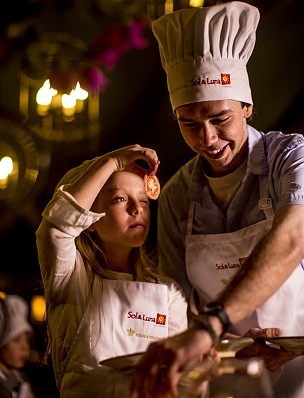Chiloé Island
This lush and verdant island offers a unique cultural heritage and some magnificent national parks.
Chiloé is home to a fiercely independent, seafaring people, but with a relatively sparse population much of the island is a wonderful natural refuge with lush, undulating hills, wild and remote national parks, and some of the world’s best preserved temperate rain forests in the world.
The Greater Island of Chiloé (to give it its full name) is the largest island of the Chiloé and Chonos Archipelagos, which extend along the coast of southern Chile near to the Chilean Lake district. Chiloé itself stretches some 200 kilometres from north to south, and averages 55–65 kilometres wide, making it the second largest island in Chile and the fifth largest in South America.
The island has a unique character of its own, exemplified by notable changes in architecture and a distinct local cuisine. The eastern shores are dotted with colourful wooden houses on stilts are known as ‘palafitos’, while many of the iconic wooden churches found mainly around the main town of Castro have been designated as UNESCO World Heritage Sites. These churches are the result of Jesuits who brought Catholicism to the local people in the 18th Century, but the people still retain many of their traditional spiritual beliefs even today along with a rich mythology of witchcraft, ghost ships and forest gnomes.
The west of the island is wild and rugged and home to the Chiloé National Park with hundreds of bird species and you can spot Chilte foxes, sea lions and otters and provides unspoiled terrain for horseback riding, sea kayaking and fishing. To the south, the Tantauco Park boasts an impressive network of hiking trails that wind through delightful forests.
Compared to the rugged peaks of Patagonia, the lunar landscapes of the Atacama Desert or the steep ski slopes of the Andes, Chiloé is subtle and soothing with rolling hills and meadows where sheep graze and wild flowers bloom. Plans have been afoot to build a bridge from the mainland to Chiloé island, which many fear will destroy the island’s unique character, but for the time being it remains relatively undiscovered by tourism and has echoes of Ireland. With delightful people, a unique culture and soft adventure it is the perfect place to relax and unwind for a few days.
To discover more about staying in Chiloé give us a call or send us a message.























